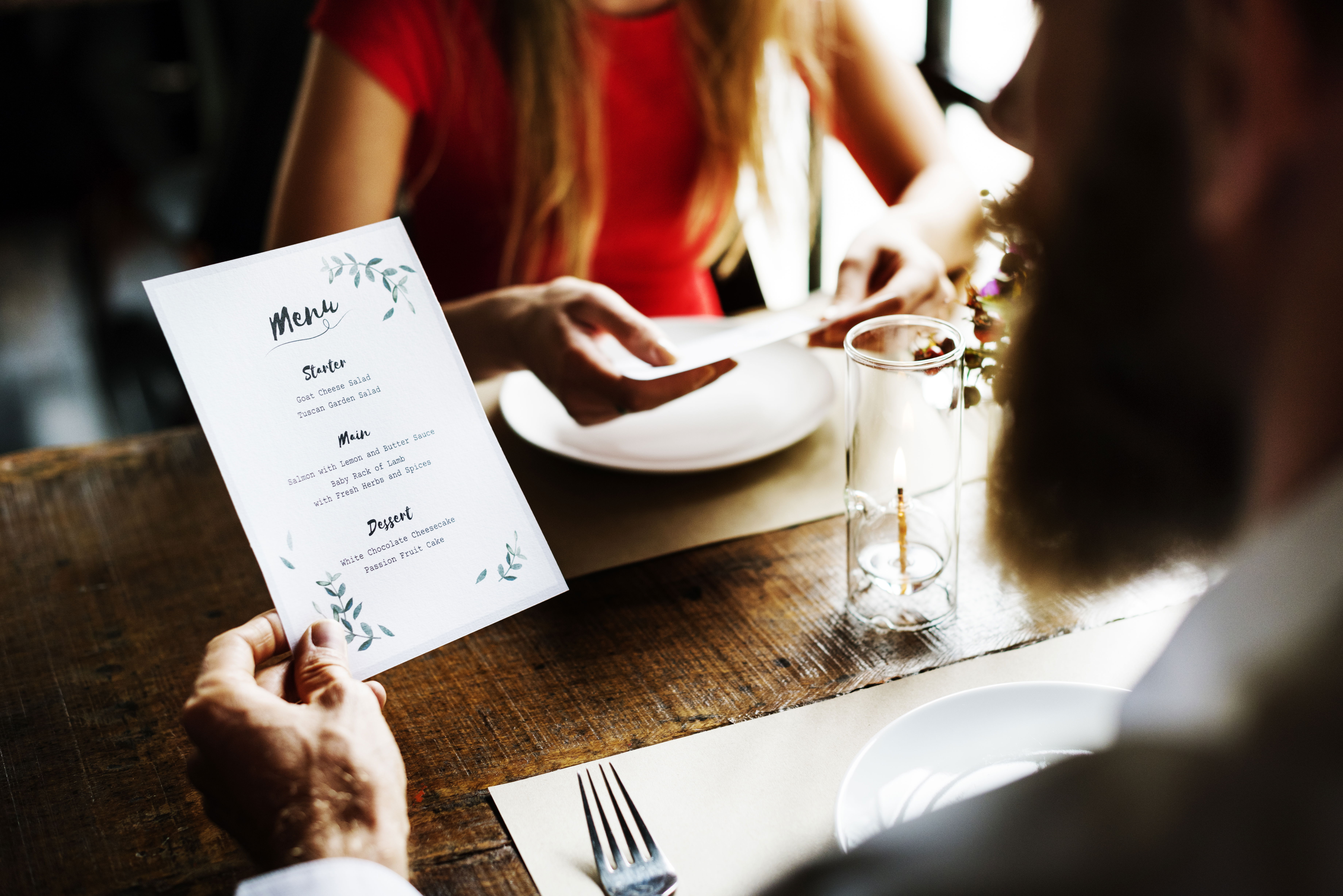How to Create a Food Menu

To create a food menu, start by brainstorming dishes, categorizing them, and then focus on design elements like layout, font, colors, and descriptions. Menu design is crucial for guiding customer choices and boosting profits.

1. Planning & Brainstorming:
- Decide on your concept: What kind of cuisine, ambiance, and target audience are you aiming for?
- Brainstorm dishes: List all potential menu items, considering popular and profitable dishes.
- Categorize: Organize items into logical sections like appetizers, entrees, desserts, beverages, etc.
- Consider dietary needs: Include options for various dietary preferences.
- Determine pricing: Research competitor pricing and calculate food costs to set profitable and appealing prices.
2. Design Elements:
- Layout:Use a clear and easy-to-read layout, potentially highlighting profitable items in the "golden triangle" (top left, top right, and center).
- Font and Colors:Choose a font that is easy to read and a color scheme that complements your brand.
- Descriptions:Write enticing and accurate descriptions for each dish, highlighting key ingredients and flavors.
- Photos (optional):If using photos, ensure they are high quality and accurately represent the dishes.
- Space:Use white space effectively to avoid a cluttered look.
3. Putting it all together:
- Prioritize items: Highlight signature dishes and high-profit items using special fonts, colors, or boxes.
- Keep it concise: Avoid overwhelming guests with too many choices.
- Consider customer behavior: Think about how customers read menus and arrange items accordingly.
- Test and refine: Gather feedback from staff and customers and make adjustments as needed.
- Go digital: Ensure your online menu is consistent with the print menu and optimized for online ordering.
By carefully planning your menu concept, paying attention to design elements, and continuously refining your offerings, you can create a menu that is both appealing to customers and profitable for your business.


